Tjentiste
On May 15, 1943, with the support of collaborators, the Axis forces launched operation Black in southern Bosnia and northern Montenegro. This was an area that was then within the territory of the independent state of Croatia. The operation can be seen as a direct continuation of Operation White earlier that year when the Axis forces tried to defeat Tito’s partisan army. This time, the battle was aimed at the Sutjeska river, where much of the Yugoslavian partisan army was located. The Germans deployed almost 130,000 men, including the VII SS Gebirgsjäger division, Prinz Eugen, in the operation. Against them stood about 22,000 partisans. The battle went back and forth but the germans were unable to inflict the partisan a decisive blow. The partisans had good local knowledge of the area, high morale, well organized and an ability to use their limited resources in an efficient way. The last and perhaps the hardest battles were fought on the river Sutjeska in and around Tjentiste. But just like during operation White, the partisans managed to escape, but it was costly and about 7,000 partisans died during the battle, including many wounded partisans executed by the Germans when captured.
Current status: Preserved with museum (2025).
Location: 43°20'46.00"N 18°41'13.02"E
Get there: Car.
Follow up in books: Pavlowitch, Steven: Hitler’s New Disorder: The Second World War in Yugoslavia (2008).
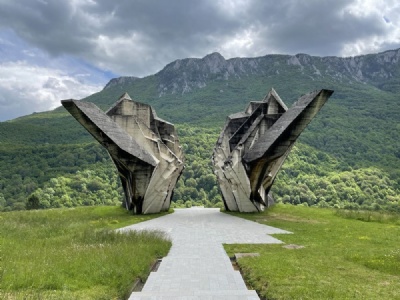

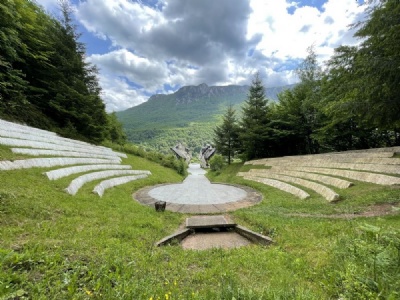
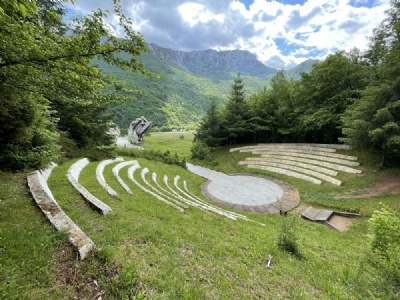
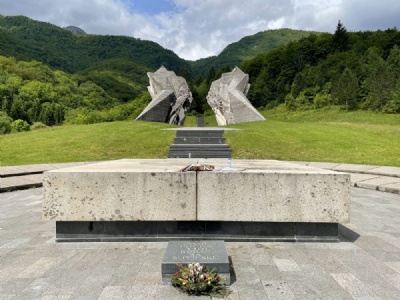
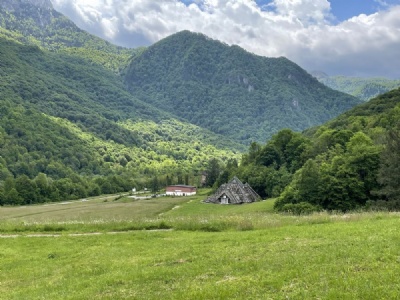
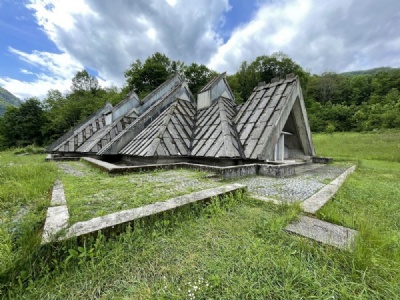

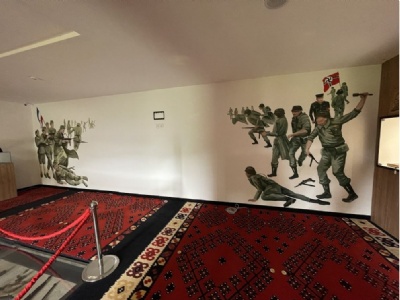
The Monument is grandios, big in size and built in the mid-sixties and is located in the Sutjeska national park. The symbolism is said to be wings that lift off towards freedom. In front of the monument is a circular area with a altar shape sculpture in the middle which I suppose is meant for the visitor to make a final stop at before climbing the last steps up to the monument itself. Behind the monument is a small amphitheatre where back in the days gatherings could be held to honour the fallen in the battle. Everything survived major damage during the civil war and is in relatively good condition. The view from the monument is majestic but the monument make big cuts in the landscape. In addition to the monument, there are several smaller monuments in the area. During the seventies a memorial hall was built below the monument but this is now closed. Nearby there is also a small but nevertheless interesting museum.in 1971, the battle (The Battle of Sutjeska) was filmed with the american actor Richard Burton in the leading role.